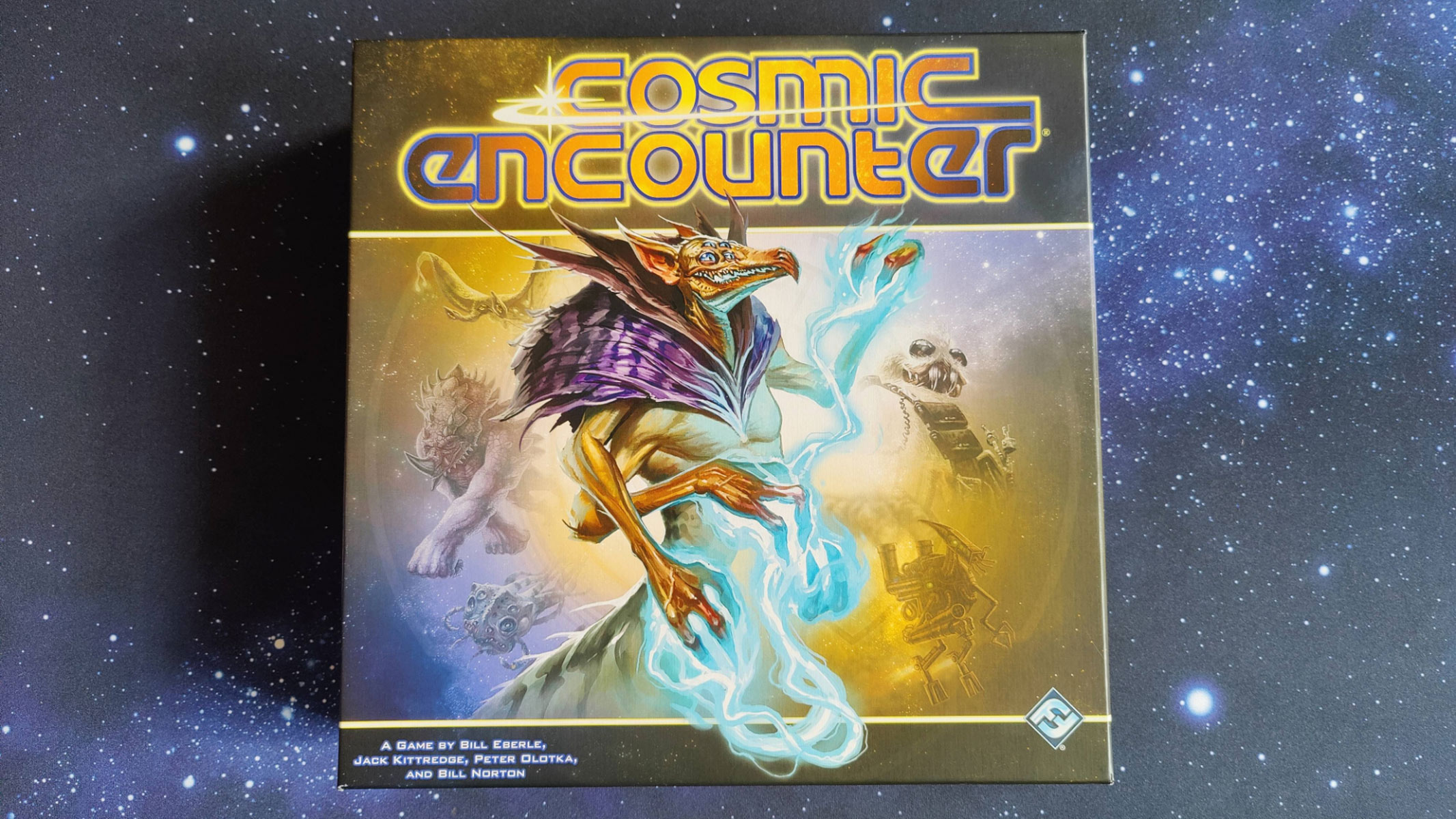Virgin Galactic Will Recover from Tragic Crash, Richard Branson Says
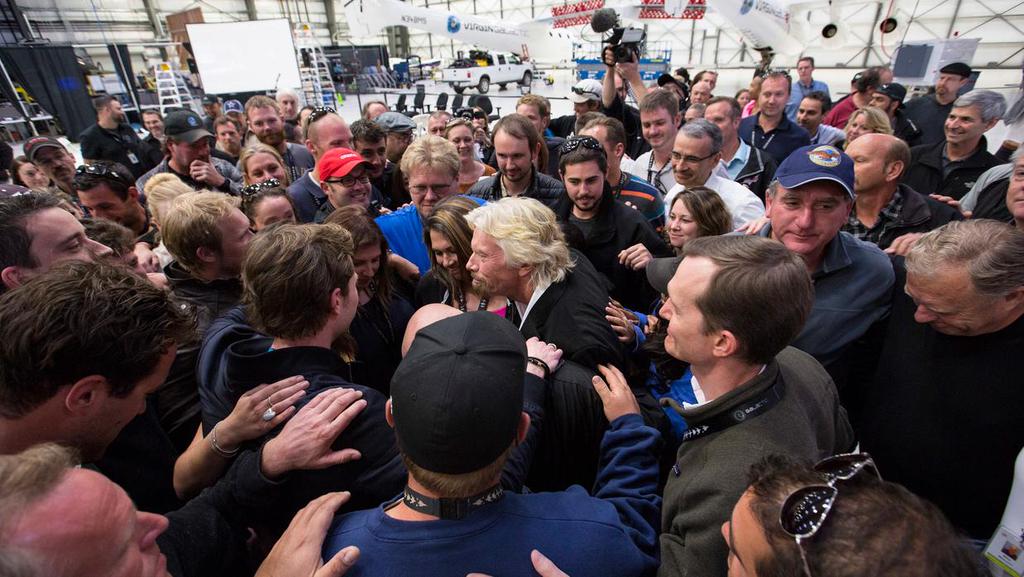
The private space travel company Virgin Galactic is more committed than ever to its commercial spaceliner business as it recovers from a tragic SpaceShipTwo crash that killed one test pilot and injured another last year, company founder Sir Richard Branson wrote Friday (Jan. 2).
In a blog postreflecting on the Oct. 31 SpaceShipTwo crash, Branson wrote that he initially had doubts about whether it was wise to proceed with SpaceShipTwo's development in the wake of the tragic test flight. But ultimately, he and the company decided to move forward.
"As I traveled from my home to Mojave that Friday evening, I found myself questioning seriously for the first time, whether in fact it was right to be backing the development of something that could result in such tragic circumstances," Branson wrote in the blog post.
"In short — was Virgin Galactic, and everything it has stood for and dreamt of achieving, really worth it? I got a very firm answer to that question immediately when I landed in Mojave. From the designers, the builders, the engineers, the pilots and the whole community who passionately believed — and still believe — that truly opening space and making it accessible and safe is of vital importance to all our futures." [SpaceShipTwo Crash Investigation in Photos]
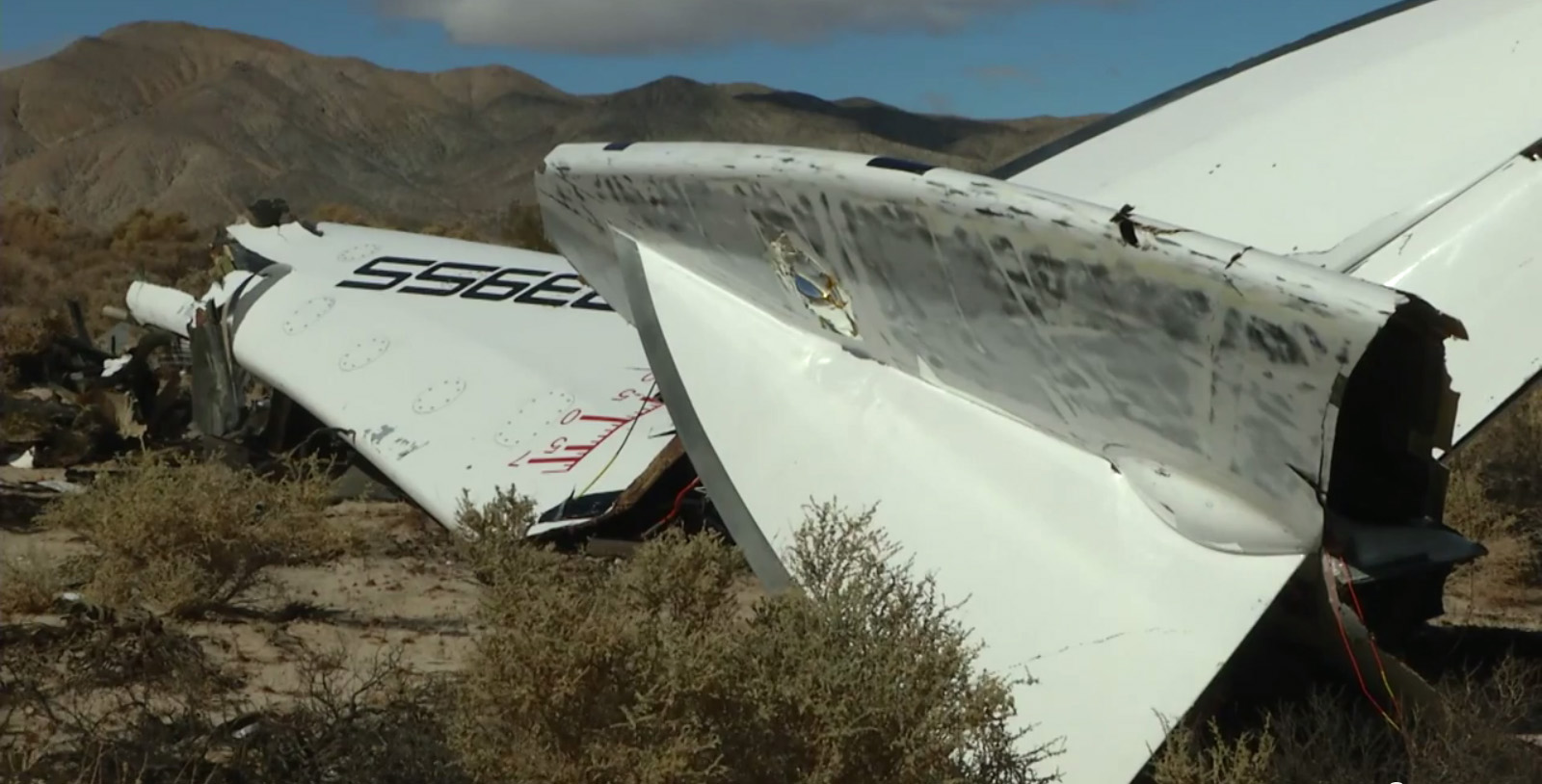
Virgin Galactic's SpaceShipTwo spaceliner is designed to carry eight people (two pilots and six passengers) on roundtrips to suborbital space for $250,000 per seat. The spacecraft is designed to be launched from a high-altitude carrier plane called WhiteKnightTwo. Branson, a British billionaire, founded the company in 2004.
The Oct. 31 SpaceShipTwo accident killed co-pilot Michael Alsbury and seriously injured pilot Peter Siebold after the vehicle broke apart and crashed during a test flight over California's Mojave Desert. The National Transportation Safety Board (NTSB) opened an investigation into the crash, which will take months at the least to complete.
In November, NTSB officials reported that SpaceShipTwo's unique "feathering" system on its tail, which is designed to be used during re-entry, had deployed prematurely during the flight, apparently by Alsbury. At the time, Siebold was unaware of the feathering system's early deployment, according to a preliminary NTSB report.
Get the Space.com Newsletter
Breaking space news, the latest updates on rocket launches, skywatching events and more!
Branson's blog post also said Virgin Galactic's customers — who paid up to $250,000 apiece for a seat — displayed an "outpouring of support" in the days following the crash. However, multiple media reports have stated that some customers have requested refunds since the crash, including the United Kingdom's Princess Beatrice.
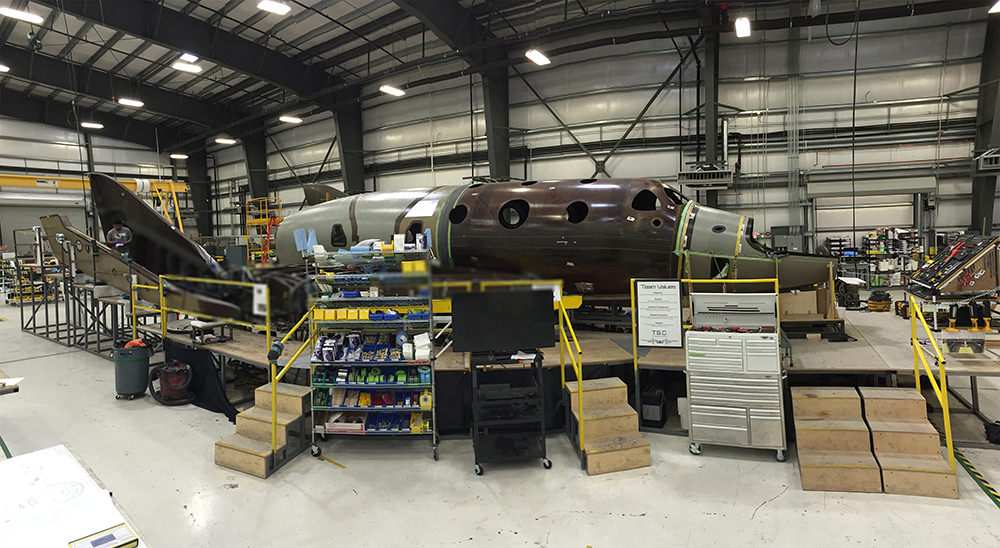
Virgin Galactic has pushed back the first flight date for its space tourism business many times over the years, but prior to the crash, Branson had estimated it would happen in late 2014 or sometime in 2015. The company is currently building a second SpaceShipTwo vehicle, which would be the next in line for flight tests once it is completed.
The company has not released an estimated start time since, but Branson's blog post said Virgin will show "unwavering commitment to safety and a renewed sense of purpose."
SpaceShipTwo is the successor spacecraft to SpaceShipOne, a vehicle built by the Mojave-based firm Scaled Composites that won the Ansari X Prize in October 2004. SpaceShipOne was used twice to bring a pilot into space. It was the first time any private spacecraft accomplished the feat.
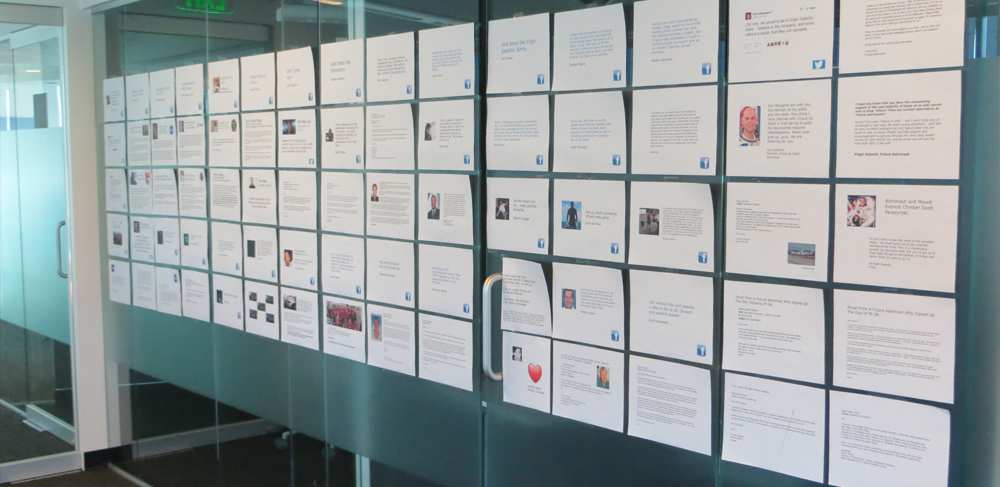
Shortly before the X Prize was won, Branson announced an alliance with Scaled Composites, and the formation of Virgin Galactic, to bring paying space tourists on suborbital flights. Branson reportedly hopes to be on the first flight, along with some of his family.
"When this story is told in years to come, I believe alongside the bravery of Mike and the incredible tale of Pete's survival, will stand the story of the commitment, loyalty and passion of the world's first private astronauts," Branson concluded in his post. "And so Virgin Galactic goes on, with an unwavering commitment to safety and a renewed sense of purpose."
Follow Elizabeth Howell @howellspace, or Space.com @Spacedotcom. We're also on Facebook and Google+. Originally published on Space.com.
Join our Space Forums to keep talking space on the latest missions, night sky and more! And if you have a news tip, correction or comment, let us know at: community@space.com.

Elizabeth Howell (she/her), Ph.D., was a staff writer in the spaceflight channel between 2022 and 2024 specializing in Canadian space news. She was contributing writer for Space.com for 10 years from 2012 to 2024. Elizabeth's reporting includes multiple exclusives with the White House, leading world coverage about a lost-and-found space tomato on the International Space Station, witnessing five human spaceflight launches on two continents, flying parabolic, working inside a spacesuit, and participating in a simulated Mars mission. Her latest book, "Why Am I Taller?" (ECW Press, 2022) is co-written with astronaut Dave Williams.
